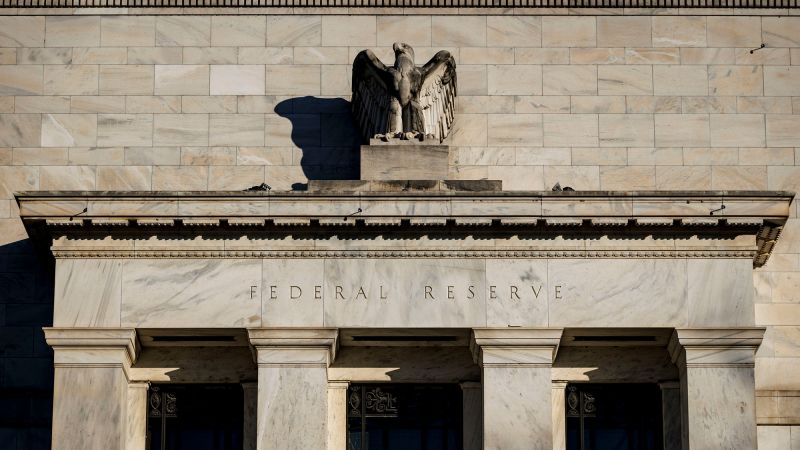President Donald Trump’s impatience with the current interest rates is palpable. A central component of his economic strategy is to lower these rates, yet he faces a fundamental obstacle: the Federal Reserve, the body responsible for setting these rates, operates independently from the executive branch. This juxtaposition has led to a tension that is increasingly on public display.
In recent weeks, Trump has openly criticized Federal Reserve Chair Jerome Powell for not responding to his demands to reduce interest rates. In a moment that encapsulates his frustration, he referred to Powell as a “major loser” and even hinted at the possibility of firing him. This kind of rhetoric is troubling since it threatens to undermine the independence of the Federal Reserve, a characteristic that is particularly valued in times of economic uncertainty.
The Federal Reserve’s approach, which is predicated on thorough analysis and careful consideration of economic indicators, stands in stark contrast to Trump’s more impulsive demands. While the President is focused on stimulating growth by lowering borrowing costs, the Fed is grappling with inflation rates that continue to exceed its desired targets. The current economic climate, characterized by inflationary pressures exacerbated by Trump’s aggressive tariffs, complicates the central bank’s decision-making process.
San Francisco Fed President Mary Daly recently noted that the risk of inflation has escalated compared to last year, indicating that the Federal Reserve may need to maintain a tighter monetary policy for a more extended period than previously anticipated. This perspective highlights the careful balancing act that the Fed must perform to stabilize the economy while also responding to political pressures.
Despite Trump’s high-profile criticisms, many within the political sphere, including Republicans like Senator John Kennedy of Louisiana, have expressed support for the Fed’s data-driven approach. They commend the institution’s ability to manage inflation effectively without leading the nation into a recession—a phenomenon known as a “soft landing.”
The tone among various Fed officials suggests a unified stance on exercising patience regarding interest rates. Presently, inflation is still above the central bank’s 2% target, and job growth remains robust; thus, there is little justification for a rate cut. The notion of reducing rates absent clear signs of economic distress is increasingly viewed as premature.
Trump’s tariffs, imposed on numerous goods, have injected significant uncertainty into the market. Analysts warn that this may usher the United States toward a period marked by both weaker economic growth and rising inflation—a situation termed “stagflation.” In this context, the Fed has to evaluate its monetary policy in light of potential economic turmoil.
Boston Fed President Susan Collins recently reiterated that the current monetary policy is adequately equipped to handle a wide array of economic outcomes amid these uncertain conditions. The implication is clear: interest rates could fluctuate based on evolving economic data, and now may not be the optimal time for drastic shifts.
Typically, the Federal Reserve responds to economic downturns by reducing interest rates to stimulate growth. However, current metrics do not indicate significant instability or a spike in unemployment, which would normally trigger such a response. Although the Fed’s preferred inflation gauge—the personal consumption expenditures price index—has declined notably since its peak in June 2022, it remains at an annual rate of 2.5%, above the target.
The overall economic landscape appears relatively stable, with low unemployment rates and consistent job creation, contributing to a gradual tempo in consumer spending. As St. Louis Fed President Alberto Musalem stated, while the economy is still expanding, the growth rate has tapered off, necessitating further efforts to reach the inflation target.
The independence of the Federal Reserve from the White House allows Powell and his colleagues to adjust rates based on comprehensive economic assessments rather than political expediency. This autonomy is critical, especially during times of increased economic uncertainty. Recent analyst reports underscore that this independence is essential at a time when inflation risks are prominent, particularly those driven by the various tariffs imposed by Trump.
While Trump continues to advocate for interest rate cuts as a means to bolster his economic agenda, Fed officials maintain that the current stance on interest rates is adequately positioned for the challenges ahead. Dallas Fed President Lorie Logan recently confirmed this at a Dallas event, reinforcing the Fed’s commitment to its strategic approach amid fluctuating economic signals.



